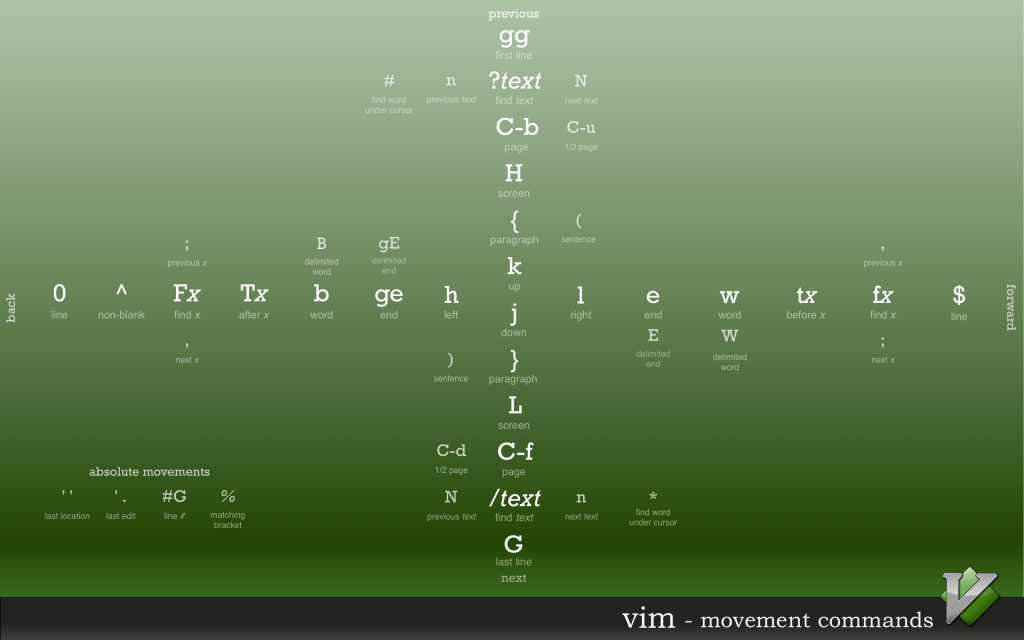Hadn’t seen this before. Looks interesting.
Category Archives: General
Vim Shortcuts
Linux Perf Tools
Numbers to Plan By
Layers
P4 Workshop Presentations
If you into networking or specifically P4 you should take a look at the recent P4 workshop presentations.
Book: An Engineering Approach to Computer Networking
A while ago the Packet Pushers had Geoff Huston on as a guest in the future of networking series. There are lots of good ideas and contrarian opinions in that podcast episode – go listen to it.
During the episode, Geoff mentioned a book that had a big influence on him called An Engineering Approach to Computer Networking. Naturally, I ordered a copy.
The first thing you’ll notice reading this book is that some aspects are dated – it was written in 1996 after all. This becomes obvious early on when ATM is mentioned as the likely replacement for Ethernet and how it will play a major role in the future – obviously that didn’t work out.
Fortunately, most of the content is much more timeless.
Almost all networking books that try to be computer science or engineering text books are much closer to being descriptions of how IP networking works vs. really teaching the science behind networking. This book is the opposite – it’s not the book to read if you want to win an IP networking quiz show.
The principles discussed throughout the book underlie all circuit and packet switched networks so digging into details that may seem out of date is still well worth the time. This helps to build a solid foundation and gives a bit of perspective on how and why so much has stayed the same.
I’m not going to bother giving this book any kind of rating. If you have an interest in computer networking you should read it. For an even more abstract and science based view of computer networking you should also read my favourite networking book – Patterns in Networking Architecture.
Prometheus and Kubernetes
At work we’ve started to instrument our micro-services with Prometheus. The combination of Prometheus and Grafana is pretty amazing.
One of the nice things Prometheus does is auto-discovery of services in a Kubernetes cluster. The docs for this area aren’t bad but I couldn’t find a complete example so here’s the configuration we use.
- job_name: 'kubernetes'
kubernetes_sd_configs:
- api_servers:
- 'https://kubernetes.default.svc'
in_cluster: true
relabel_configs:
- regex: "__meta_kubernetes_role"
action: labelmap
replacement: "kubernetes_role"
- regex: "__meta_kubernetes_node_label_(.*)"
action: labelmap
replacement: "kubernetes_node_label_${1}"
- regex: "__meta_kubernetes_service_namespace"
action: labelmap
replacement: "kubernetes_service_namespace"
- regex: "__meta_kubernetes_service_name"
action: labelmap
replacement: "kubernetes_service_name"
- regex: "__meta_kubernetes_service_label_(.*)"
action: labelmap
replacement: "kubernetes_service_label_${1}"
- regex: "__meta_kubernetes_service_annotation_(.*)"
action: labelmap
replacement: "__meta_kubernetes_service_annotation_${1}"
Book: The Art of Network Architecture
I recently finished reading The Art of Network Architecture. If I remember correctly, I found out about this book during an episode of the Packet Pushers where the author participated.
I ordered the book based on the promise of discussion of SDN use cases and SDN networking in general. It turns out that this wasn’t the best book to dig into that area but it does offer a nice overview and reminder of networking concepts across all areas of networking from design to management. So while parts are a bit fluffy and common sense, it was worth reading in the same way a good survey paper is.


